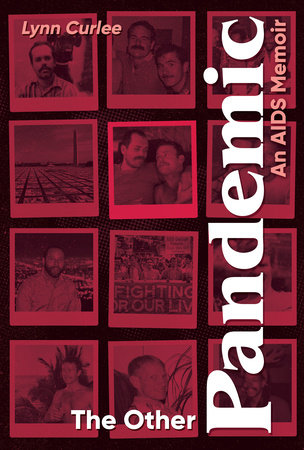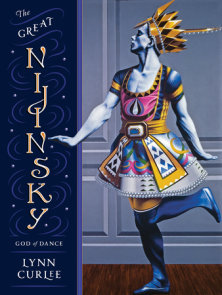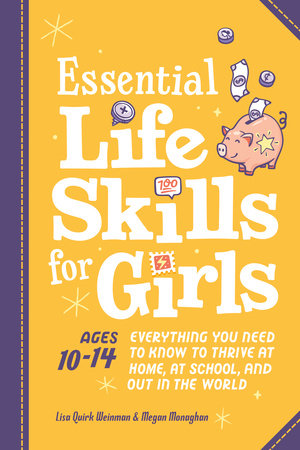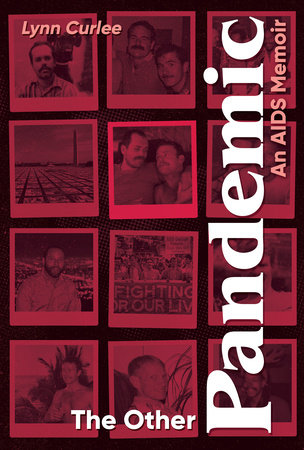


-
$19.99
Jun 06, 2023 | ISBN 9781623543501 | Young Adult
-
Jun 06, 2023 | ISBN 9781632893208 | Young Adult
YOU MAY ALSO LIKE
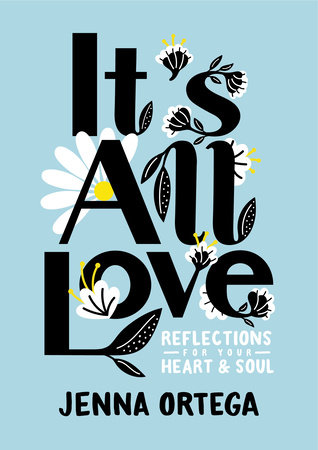
It’s All Love
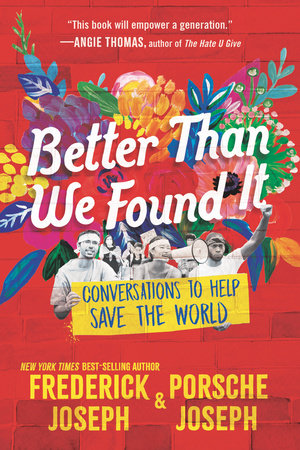
Better Than We Found It: Conversations to Help Save the World
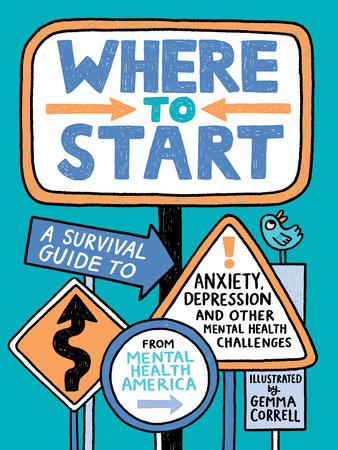
Where to Start
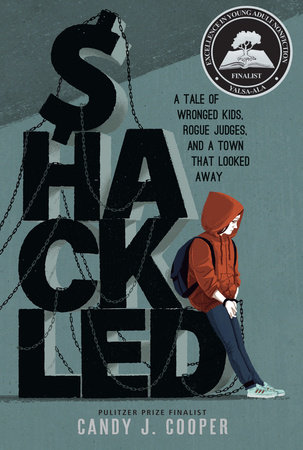
Shackled

Pieces of a Girl
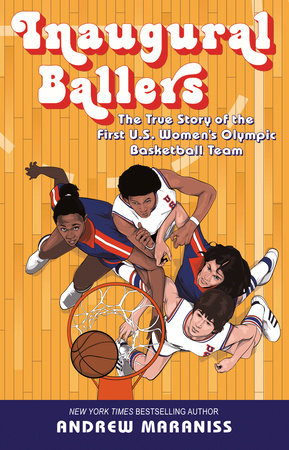
Inaugural Ballers
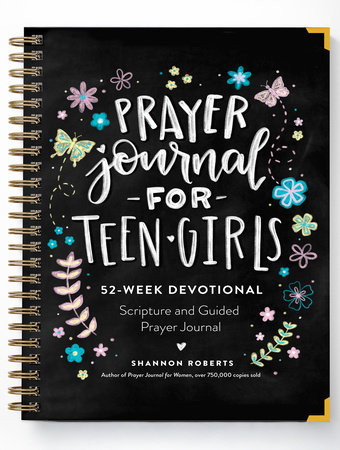
Prayer Journal for Teen Girls
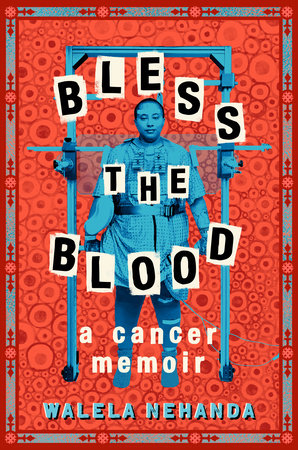
Bless the Blood
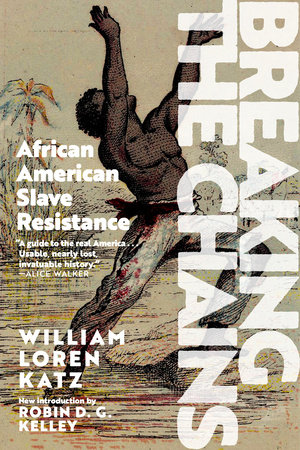
Breaking the Chains
Praise
♦ An author-illustrator of nonfiction books for young readers (The Great Nijinsky, 2019 ), Curleenow writes an affecting memoir for older readers about his life as a gay man in the context of theAIDS pandemic. He begins, however, with an examination of the similarities between AIDS andCOVID-19 before continuing into an account of his young life and evolution as a professionalartist. His story takes an ominous turn when, in the early ’80s, he sees an article in the New YorkTimes about a rare “cancer” affecting gay men. From this point on, he tells two stories: oneclinical and contextual about the disease and its evolution in the 1980s, and the second about itsimpact on his personal life, which is increasingly touched by the plague as many of his friendsbecome ill. It strikes closest to home, however, when his partner, John, tests HIV positive; thestory becomes a harrowing account of his illness and, at the time, inevitable death. Curlee haswritten an important book, for, as he acknowledges, “AIDS still simmers in the United States,”and so, more good books about it are necessary—particularly those such as this that put ahuman face on it. It belongs in every library.
—Booklist, starred review
♦ Gr 7 Up–With simplicity and honesty that is both engrossing and intimate, author and artist Curlee recounts his life as a gay man living through the HIV/AIDS crisis. Using a traditional linear time line, he beautifully portrays the major points of his life. He grew up in North Carolina in a loving, traditional family. While in his 20s in gritty, 1970s New York City, Curlee recounts the fun of the disco lifestyle and the energy from the movements seeking gender and sexual equality in society. He lived in California in the early 1980s when the virus was surging but was a mystery that society wouldn’t talk about. He conveys the homophobic and deadly silence of the federal government that ignored the crisis for years, alongside the urgent work of AIDS activists trying to save their own lives. With heartbreaking regularity, the author watches those he loves die in the prime of their lives, one after another. He briefly touches on the differences and similarities of the COVID-19 pandemic, adding context and relatability for readers. Source notes, bibliography, and index included.
VERDICT A poignant memoir that readers will not be able to put down. Keep tissues handy. Highly recommended.
—School Library Journal, starred review
A firsthand account of living through the AIDS pandemic as a young, gay man in the U.S.
Prolific author for young readers Curlee introduces teens to this topic by starting with Covid-19 as an empathic entryway to the past. He describes being a teenager in 1960s North Carolina, setting the scene in terms of technology and daily life and painting a picture of a time when sex was a secret kept by adults and homosexuality was only mentioned in joking or insulting ways. He goes on to chronicle how movements seeking equality across gender, sexuality, and race were interconnected and how the Stonewall uprising set the stage for a dazzling period of freedom and falling in love during the 1970s disco era in New York City. That fun-filled time came crashing down as many of Curlee’s vibrant friends began to die sudden, mysterious deaths. As the book progresses, educational, historical, and scientific content in text boxes increasingly supplements the narrative, although its placement and layout are sometimes distracting. It can also become difficult to track all the different individuals who are introduced. However, Curlee’s memoir, illustrated with personal photographs, is intimate and resonant as it presents the thrill of coming out and living openly and the fear and pain that followed when so many people he loved were taken from him too soon.
Compelling and important. (important people, the origins of AIDS, author’s note, musical references, source notes, select bibliography, image credits, index)
—Kirkus Reviews
This heartbreaking memoir by Curlee (The Great Nijinsky) chronicles “how it was to grow up and live as a gay man in the United States” before and during the HIV/AIDS crisis. Taking an elegiac tone, Curlee describes his childhood in 1960s North Carolina. Quick-moving subsequent chapters recall Curlee’s experiences participating in the disco scene on Fire Island, his impulsive move to California in 1979, and his return to N.Y.C. in the early 1980s, where he and his friends struggled to understand why so many gay men were “dying horrible, gruesome deaths.” While perceived comparisons to Covid-19, as outlined in an introduction, are minimally explored, Curlee briefly covers their medical and social differences and similarities, as well as the pervasive impact they each had on society. Sidebars about HIV/AIDS succinctly detail the facts, and Curlee’s straightforward prose capably conveys the era’s worsening bias and fear. Most powerful of all, however, is the novel’s focus on Curlee’s inner circle and the people he lost to the crisis, including his partner, making for a thought-provoking history about what it was like to live during that time, and a good start for further exploration. Extensive back matter concludes.
—Publishers Weekly
♦ In his memoir, Curlee uses personal photographs, powerful quotes, and his own memories to build a gripping, unforgettable account of the early years of the AIDS crisis. Although COVID-19 is not central to this book, it is an entryway of sorts into discussion of a different pandemic about which most teens know very little. Curlee seamlessly melds statistics, historical timelines, and political contextualizing with autobiographical details: he recounts his elation at coming out, his glowing memories of falling in love, his horror as he watched his community of friends get sick and die, and his own heartbreaking experience of a helping a beloved partner sick with AIDS die with as much beauty and dignity as was possible. The vulnerable, poignant memories make this historical review an especially memorable and crucial reading: the bleak descriptions of watching a generation of vibrant, brilliant young men literally waste away as the world carried on add considerable emotional weight to the nonfiction elements. There are startling mirrors in how current trans and queer individuals face countless efforts to silence them and outlaw their existence, reflecting the repressive, hate-fueled tone of opposition from the early years of AIDS, when a profound misunderstanding of and aversion to gay culture made the stigma around and death count of AIDS so devastating. Extensive end matter provides curious readers with a number of potential research pathways including, for example, musical references, additional reading lists, and a brief exploration into the origins of the AIDS virus.
— The Bulletin of the Center for Children’s Books, starred review
21 Books You’ve Been Meaning to Read
Just for joining you’ll get personalized recommendations on your dashboard daily and features only for members.
Find Out More Join Now Sign In








